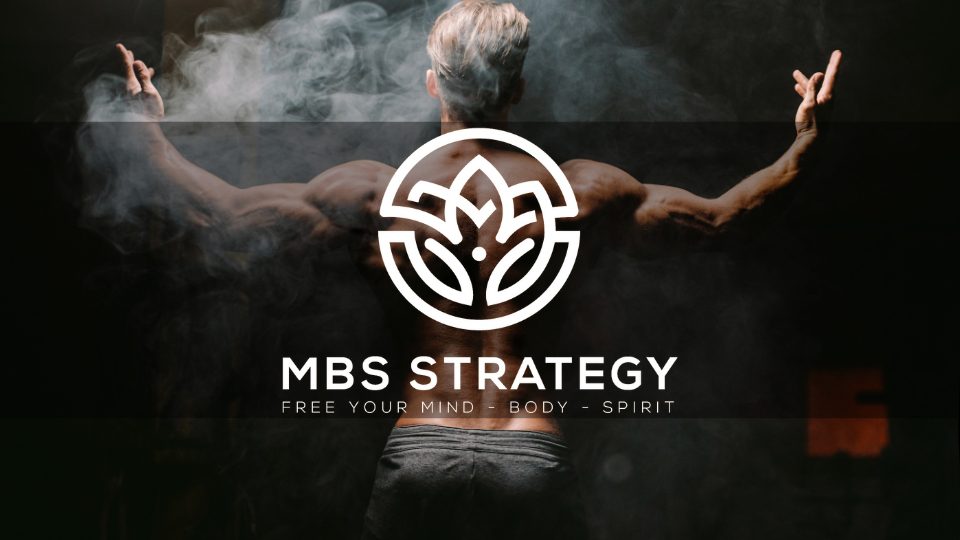In today’s image-centric world, body dysmorphia has become an increasingly common struggle. This mental health condition, characterized by obsessive focus on perceived flaws in one’s appearance, can be exacerbated by unrealistic beauty standards perpetuated by media and social networks. It’s crucial to understand that fitness, rather than being a pursuit of an unattainable ideal, should be about fostering a sense of well-being and self-acceptance. Embracing this perspective can transform your relationship with fitness and help you feel more comfortable and confident in your own skin.
Understanding Body Dysmorphia
Body dysmorphic disorder (BDD) involves an intense preoccupation with a perceived defect or flaw in one’s appearance, which is either nonexistent or minor. This obsession can lead to severe emotional distress and dysfunctional behaviors, such as excessive exercising or restrictive dieting, all aimed at correcting or hiding the imagined flaw.
For those grappling with BDD, fitness routines can sometimes become a double-edged sword. On one hand, exercise is a powerful tool for improving physical health and mental well-being. On the other, it can also become a mechanism for further entrenching unhealthy perceptions and unrealistic goals. This paradox makes it essential to address the root of the issue and redefine what fitness means on a personal level.
Fitness: A Path to Self-Acceptance
Fitness should ideally be about enhancing your overall health, boosting your energy levels, and improving your mood. When approached with the right mindset, exercise can be a profound act of self-care. However, it’s important to disentangle this from societal pressures to conform to certain body types or physical ideals.
Here are some key principles to embrace fitness as a means of self-acceptance:
- Focus on How You Feel, Not How You Look The immediate benefits of exercise often include improved mood, increased energy, and reduced stress. These positive changes should be the primary focus rather than any external changes in appearance. By concentrating on how your body feels and the mental clarity exercise provides, you can cultivate a healthier relationship with your workouts.
- Set Personal, Not Perfectionist Goals Rather than aiming for a ‘perfect’ body, set goals that reflect personal growth and well-being. For instance, striving to run a certain distance or mastering a new yoga pose can be more fulfilling and motivating than obsessing over weight loss or muscle gain. Celebrate progress in terms of skills and achievements rather than aesthetics.
- Embrace Diverse Forms of Movement Fitness doesn’t have to be confined to traditional workouts. Explore various activities that you enjoy, whether it’s dancing, hiking, swimming, or playing a sport. Engaging in activities that bring you joy can shift the focus from appearance to the pleasure of movement and personal satisfaction.
- Practice Mindfulness and Self-Compassion Mindfulness involves being present and fully engaged in the moment, which can help you become more aware of how your body feels during exercise without judgment. Self-compassion is equally important; treating yourself with kindness and understanding, especially when you face setbacks or challenges, can counteract negative self-talk and foster a positive self-image.
- Challenge Unhealthy Beliefs and Comparisons Recognize and question any beliefs you hold about your body that are influenced by societal standards or media portrayals. It’s easy to fall into the trap of comparing yourself to others, but remember that every body is unique and worthy of respect. Reframe your self-talk to be supportive rather than critical, focusing on what your body can do rather than how it looks.
- Seek Professional Support if Needed If body dysmorphia is significantly impacting your life, consider seeking help from a mental health professional who specializes in body image issues. Therapy can provide valuable tools for managing obsessive thoughts and developing a healthier self-perception. Support groups and counseling can also offer a space to share experiences and gain insights from others who understand your struggles.
Creating a Supportive Environment
Surrounding yourself with positive influences can also enhance your journey toward self-acceptance. This includes:
- Building a Support Network: Surround yourself with friends and family who encourage and support your well-being rather than focusing on physical appearance.
- Curating Media Consumption: Be mindful of the media you consume. Follow accounts and channels that promote body positivity and realistic portrayals of health and fitness.
- Promoting Positive Messages: If you have a platform, use it to spread messages that prioritize health, self-acceptance, and personal growth over superficial ideals.
Conclusion: Fitness as an Act of Self-Care
Ultimately, fitness should be a celebration of what your body can achieve rather than a quest for perfection. By shifting the focus from appearance to well-being, you can create a more fulfilling and sustainable approach to exercise. Embrace fitness as an act of self-care, and let it be a tool for enhancing your quality of life and self-acceptance. Remember, true health and happiness come from appreciating and taking care of the body you have, not from chasing an ideal that is often out of reach.
By redefining fitness in this way, you not only improve your physical health but also nurture a more positive and compassionate relationship with yourself. In doing so, you pave the way for a more harmonious and rewarding journey toward personal well-being.
